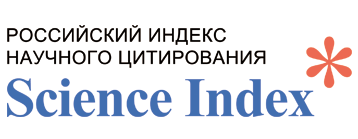OBTAINING THE ACTIVE INGREDIENT FOR SEED TREATMENT AND ITS EFFECT ON THE GERMINATION OF SPRING WHEAT SEEDS IN CASE OF SOIL MOISTURE DEFICIENCY
DOI:
https://doi.org/10.51580/2025-3.2710-1185.39Keywords:
Active ingredient, monomethylolure, phosphate monoethanolamine, physico-chemical characteristicsAbstract
The seed protectants currently used in grain crops have a second class of toxicity, which
negatively affects soil fertility, plant growth and the quality of the products produced. It is of practical
importance to create a low-toxic complex drug with a multifunctional effect, which has a pickling and
stimulating effect on plant growth and development, positively affecting the soil microflora, yield and
quality of grain products. This article sets the task of obtaining a multifunctional active substance based
on monomethyl urea (MMU) and monoethanolamine phosphate (MEAPh), studying its physico-chemical
characteristics, as well as its effect on germination and germination energy of spring wheat seeds with a
soil moisture deficiency of 30% and 50%. The dependence of the equilibrium humidity on the relative
humidity of the atmosphere for the initial MMU, MEAPh and the double compound MMU•MEAPh is
determined. For all isotherms, an increase in adsorbent absorption is observed, provided that the relative
pressure of the adsorbent approaches a certain value of φ0, which increases sequentially with the transition
from MMU•MEAPh to MEAPh and MMU. It follows from the data obtained that the studied MMU,
MEAPh and MMU•MEAPh have low equilibrium humidity up to a relative humidity of 80%, which is the
basis for the preparation and storage of drugs in autumn, spring and winter conditions with good physicochemical and marketable characteristics. A high degree of influence of the MMU•MEAPh double
compound and germination energy of seeds with a deficiency of soil moisture by 30% and 50% has been
established.

















